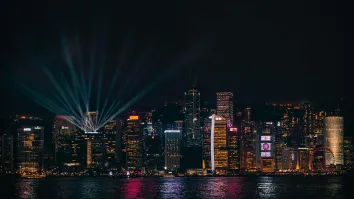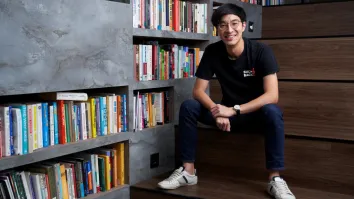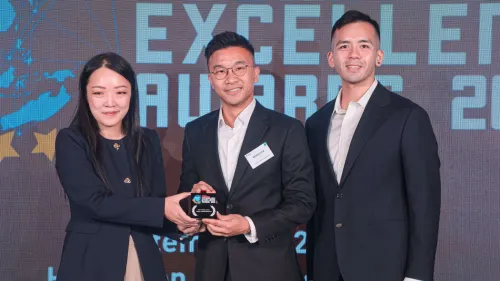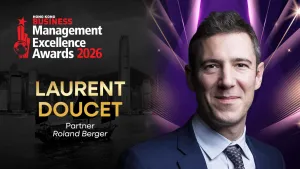Lee & Man Paper 2010 profit up HK$1.85bn
Net profit per ton remains among the highest in China’s containerboard industry despite substantial increase in waste paper and coal prices.
Lee & Man Paper Manufacturing Limited (“Lee & Man Paper”), one of the largest containerboard manufacturers in China, announced on Wednesday its audited annual results for the year ended 31 March 2011 (“year under review”).
During the year under review, the Group achieved remarkable results, thanks to better management and stringent cost control throughout the value chain from procurement and production to sales.
Revenue increased by 26.4% year-on-year to HK$14,034 million, mainly attributable to the increase in the Group’s average selling price of containerboard. Net profit grew slightly to HK$1,848 million.
Basic earnings per share were HK40.13 cents. The Board of Directors declared payment of a final dividend of HK8 cents per share. Together with the interim dividend of HK6 cents per share already paid, total dividends for the year amounted to HK14 cents per share.
Mr Raymond Lee, CEO of Lee & Man Paper, said, “Despite the substantial increase in waste paper and coal prices which resulted in higher operating costs, we were able to maintain our net profit per ton which was among the best in the containerboard industry in China. The management also made a conscientious effort to reduce debt thereby lowering the Group’s net debt-to-equity ratio from 0.64 to 0.55. With our strong operating cash flows, we are confident we can sustain our growth momentum and are self-sufficient in financing our capital expenditure”.
As at 31 March 2011, the total shareholders’ funds were HK$12,300 million (31 March 2010: HK$10,151 million) and current assets were HK$ 8,384 million (31 March 2010: HK$ 6,688 million).
Four production lines, PM15, 16, 17, and 18 located in Hongmei, Chongqing and Jiangxi, are expected to commence production by December 2012 adding an annual effective capacity of 1.6 million tons. To diversify the Group’s product offering to meet market needs and to increase profitability, PM17 will produce high-end coated duplex board, whereas PM18 will focus on containerboard in Jiangxi where the increase in demand is expected to outpace the growth rate of the overall containerboard market in China, according to a Lee & Man report.
“The Chinese Government’s attempt to curb inflation may slow the economic growth, thus, we expect the containerboard market growth in China to moderate to about 7% p.a. in the next few years. In view of the changing business environment, the management believes that beyond merely expanding production capacity, it is more important to focus on the products and strategic location, as well as boosting profitability. While pursuing growth, the Group is always prepared for any economic uncertainties that may arise, therefore one of the top priorities is to manage risk and maintain a healthy and reasonable debt level for sustainable development in the long term”, Mr Lee concluded.



















 Advertise
Advertise









